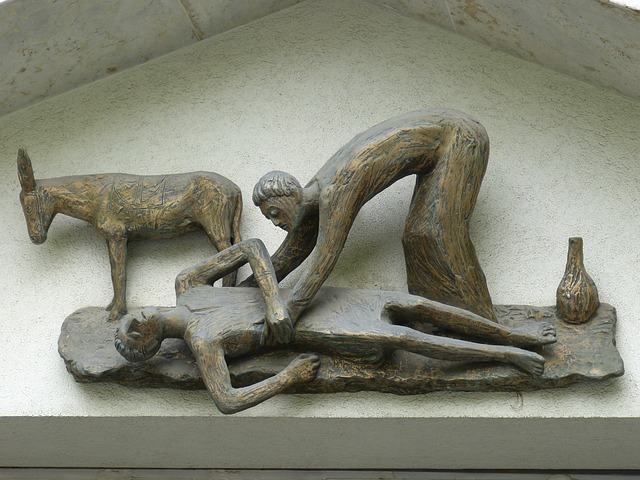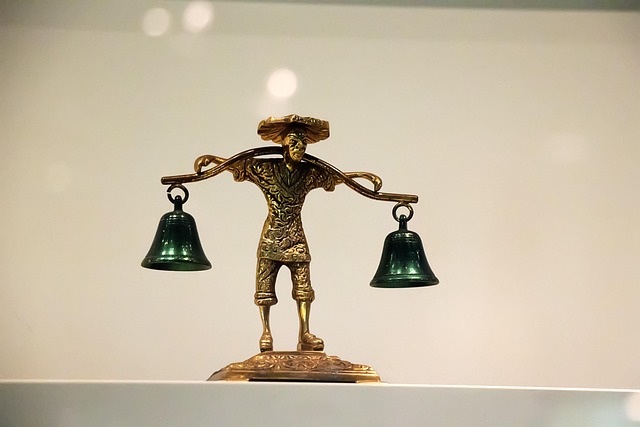As we embark on a musical journey through time, the term quintet evokes images of harmonious dialogues and intricate conversations among instruments. Unlike larger ensembles, quintets are intimate yet powerful, offering a unique blend of individuality and unity. The magic of a classic quintet lies in its ability to create a space where each instrument shines while simultaneously contributing to a collective tapestry of sound.
In the realm of klasszikus music, the quintet often showcases the intricate interplay between various instruments. The string quintet, for instance, elevates the traditional quartet by adding another voice, enriching the harmonic depth. Think of a poignant melody shared between the cello and viola, with violins weaving in delicate ornamentations. Each note exchanged speaks of a history steeped in creativity and emotion, transporting listeners to different epochs of musical artistry.
As we explore various masterpieces, one can’t overlook the profound genius of composers like Mozart and Schubert, who excelled in crafting exquisite quintets. Mozart’s Clarinet Quintet in A major, K. 581, stands out as a quintessential example, where the clarinet dances gracefully alongside strings, embodying elegance and lyricism. The lush harmonies and dynamic contrasts invite audiences to experience the essence of classical music, transforming an ordinary moment into something divine.
Equally captivating is Schubert’s String Quintet in C major, D. 956, known for its emotive depth and innovatively structured movements. As the music unfolds, it feels as if time stands still, allowing one to become enveloped in a world of rich textures and heartfelt dialogue. Each member of the quintet contributes its voice, yet they bring forth an ensemble identity that resonates deeply with anyone who takes a moment to listen.
The beauty of classic quintets is not confined to the composers of the past. Modern interpretations continue to breathe new life into this form, allowing the quintet to remain relevant in contemporary acoustics. Musicians today are embracing the nuances of this ensemble, exploring genres and fusions that maintain the quintet’s spirit while inviting innovation.
As audiences, we are fortunate to have this legacy of quintets available to us, whether through live performances or recordings. Each session offers a distinct experience that invites listeners to not only hear but feel the interaction among instruments. The quintet stands as a testament to the enduring power of collaboration in music—a journey through time that unites us all in our shared appreciation of the divine art of sound.




